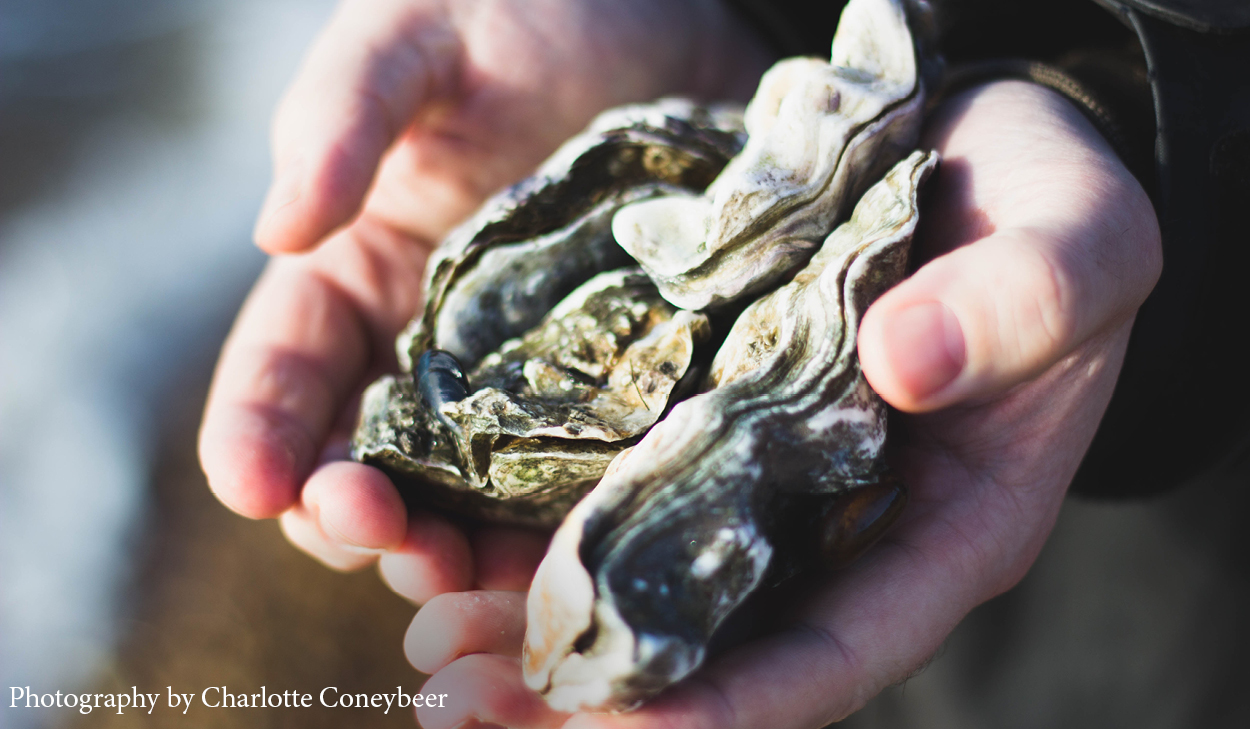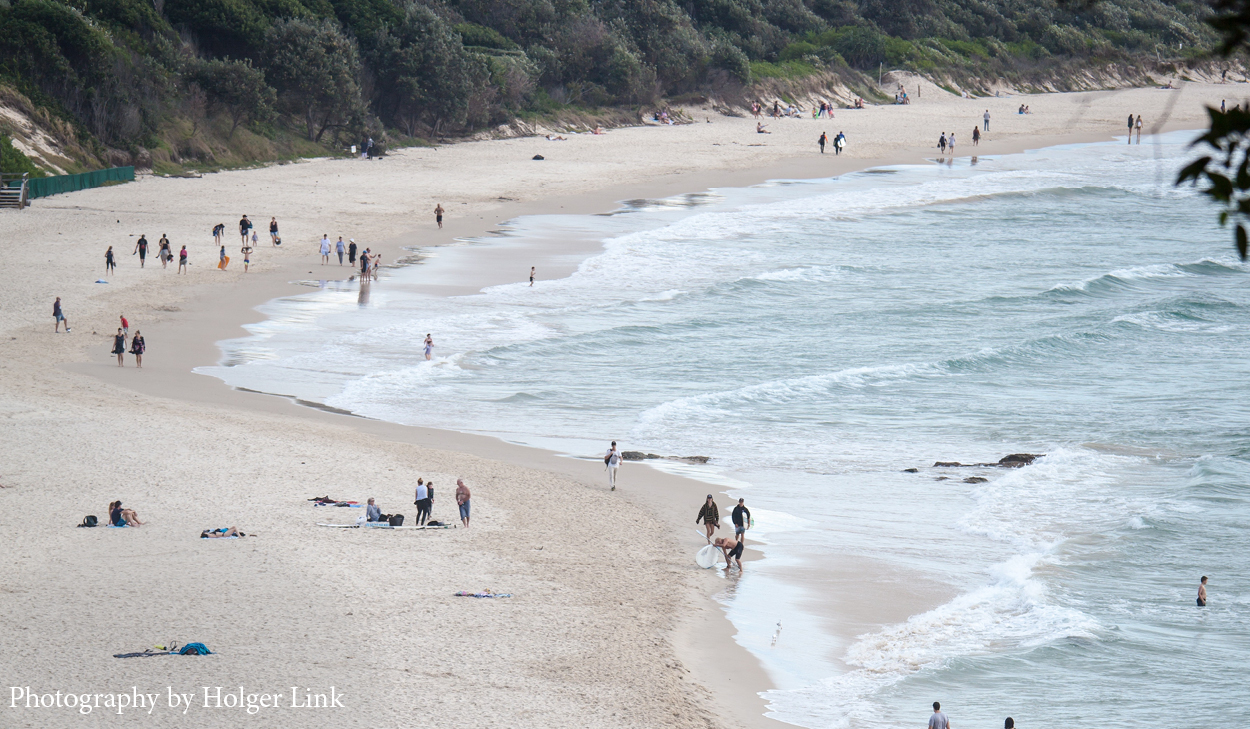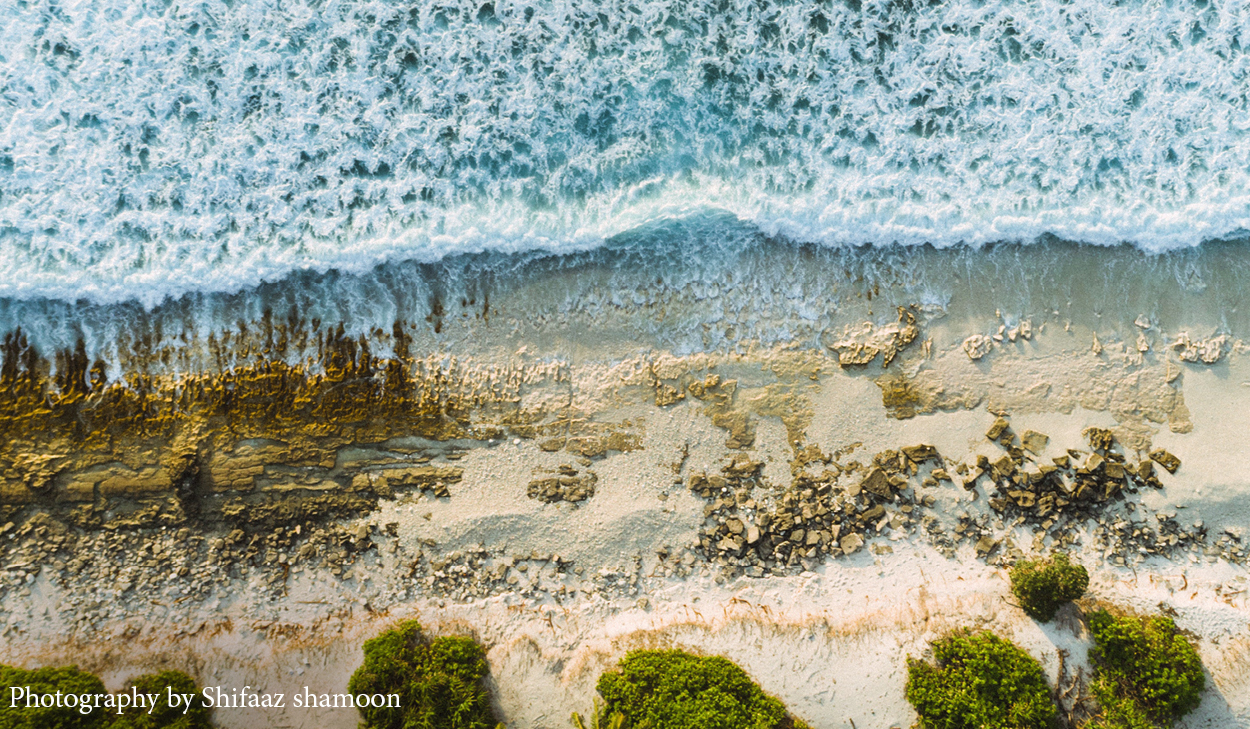Coral reefs inhabit less than 0.1% of the world’s oceans but are some of the most productive and diverse ecosystems on the planet.
Calcifying creatures such as corals and species of algae form the base of the reef. Through their continuous growth and deposition of layers of calcium carbonate the reefs form and slowly but steadily grow.
Although the coral skeleton is made of calcium carbonate, essentially limestone, it is very brittle and easily broken. Fragments of coral skeleton pile up and over time consolidate into a connected structure. This forms the solid base upon which the new corals settle and build more reef! These reef structures, if left undisturbed, can grow to be enormous. The Great Barrier Reef in Australia is a complex of coral reefs that stretches for more than 2,300 kilometres (1,400 miles) and in Belize and the Bahamas, there are reefs that are hundreds of kilometres long.
The main constructors of these reefs are the Scleretinian Corals, also known as hard corals. The coral structures are actually colonies of tiny coral polyps. These polyps vary in size depending on what species it is, but they are typically about 2mm. If you consider how many of these small organisms it would take to construct a single coral colony, imagine how many are involved in the construction of an entire reef!
The complex structures formed by the reef building organisms provide habitats for many other creatures. Small fish, crabs and shrimp find safe places to hide in little holes, under ledges or amongst the living branches of the coral colonies. Larger holes make excellent places for small sharks or turtles to sleep. Large overhangs or caves can be filled with schools of fish. Large predatory fish such as Barracuda or Jacks patrol over the reefs looking for prey. Even the largest creatures that spend most of their lives in the open ocean will visit the coral reefs from time to time. Manta Rays and Thresher Sharks for instance, regularly visit the reef to be serviced by various species that will remove parasites or even clean wounds. Other species of fish that spend their adult lives in the open ocean will grow up on coral reefs. These are just a handful of the thousands of ways that species of all kinds rely on coral reefs in some way. It is an ecosystem of staggering complexity and natural beauty.
Global Significance
Without coral reefs, many of the most attractive areas in the world would not exist. Coral reefs benefit humans in several ways:
Food
Historically food has been the most evident benefit of coral reefs to humans. The coral reef ecosystem can produce an incredible quantity of edible biomass in the form of fish, crabs, sea cucumbers, oysters, algae and much more. Given that many reefs are found close to shore, they make for excellent fishing areas.
Tourism
Over time, coral reefs have become important sources of income through tourism. The colours, variety and abundance of life on coral reefs make them an attractive destination from all over the world. People are able to enjoy this beauty by snorkelling, rock pooling and going out on glass bottomed boats. The advent of easily accessible SCUBA courses has made underwater exploration of the coral reefs possible for anyone who dares take the plunge!
Coastal Protection
The most underrated yet arguably the most important benefit of coral reefs is their role in coastal protection. In many areas around the world, the solid structure of the reef acts as a wave breaker and a barrier against coastal erosion. The massive waves that build up over the open ocean break on the coral reefs before their full force can reach the sandy beaches. The gently sloping beaches which we all enjoy so much could not exist if there was not a reef offshore to dissipate the energy of the ocean swell.
Bioprospecting
In recent years medicinal breakthroughs have been made with various compounds derived from creatures that live on coral reefs. Sea snakes, cone shells, jellyfish and stonefish produce some of the most potent toxins in the world. These powerful substances show potential for all sorts of medicinal purposes, for instance, cone shell venom could be used to produce painkillers. Other examples include chemical compounds from sponges that can be used to create stronger antibiotics, a natural sunblock inspired by chemicals found in coral tissue and even speeding up the healing process of a broken bone using coral skeleton as a grafting material! Extensive pharmaceutical research into the medical properties of the coral reef community is a recent development and many more surprising and potentially life saving discoveries are waiting to be made!
Under Threat
These amazing corals face many threats, damage from poorly managed tourism, bad fishing practices (such as fishing with poison, dynamite or trawlers), over fishing, water pollution, climate change and many others. We must all take action to protect these wonderful ecosystems for the future!






